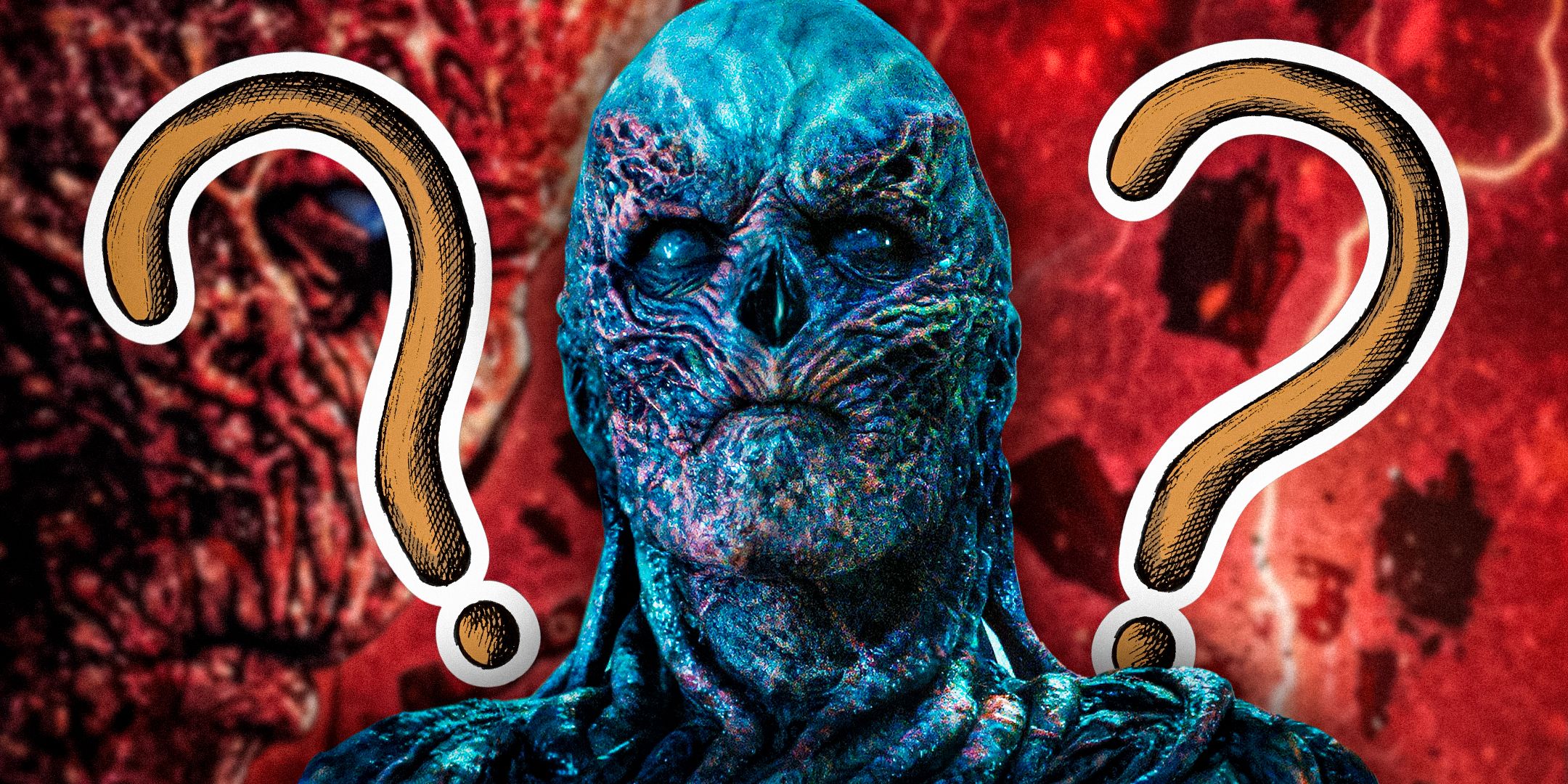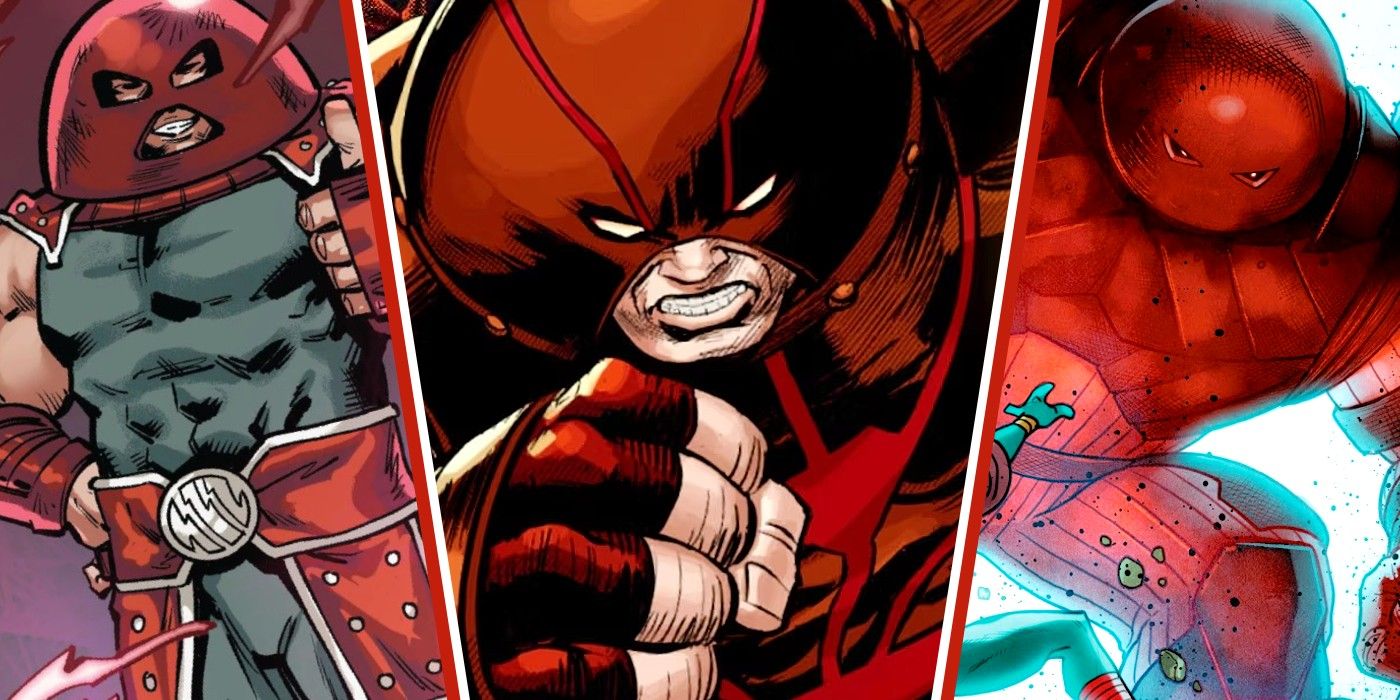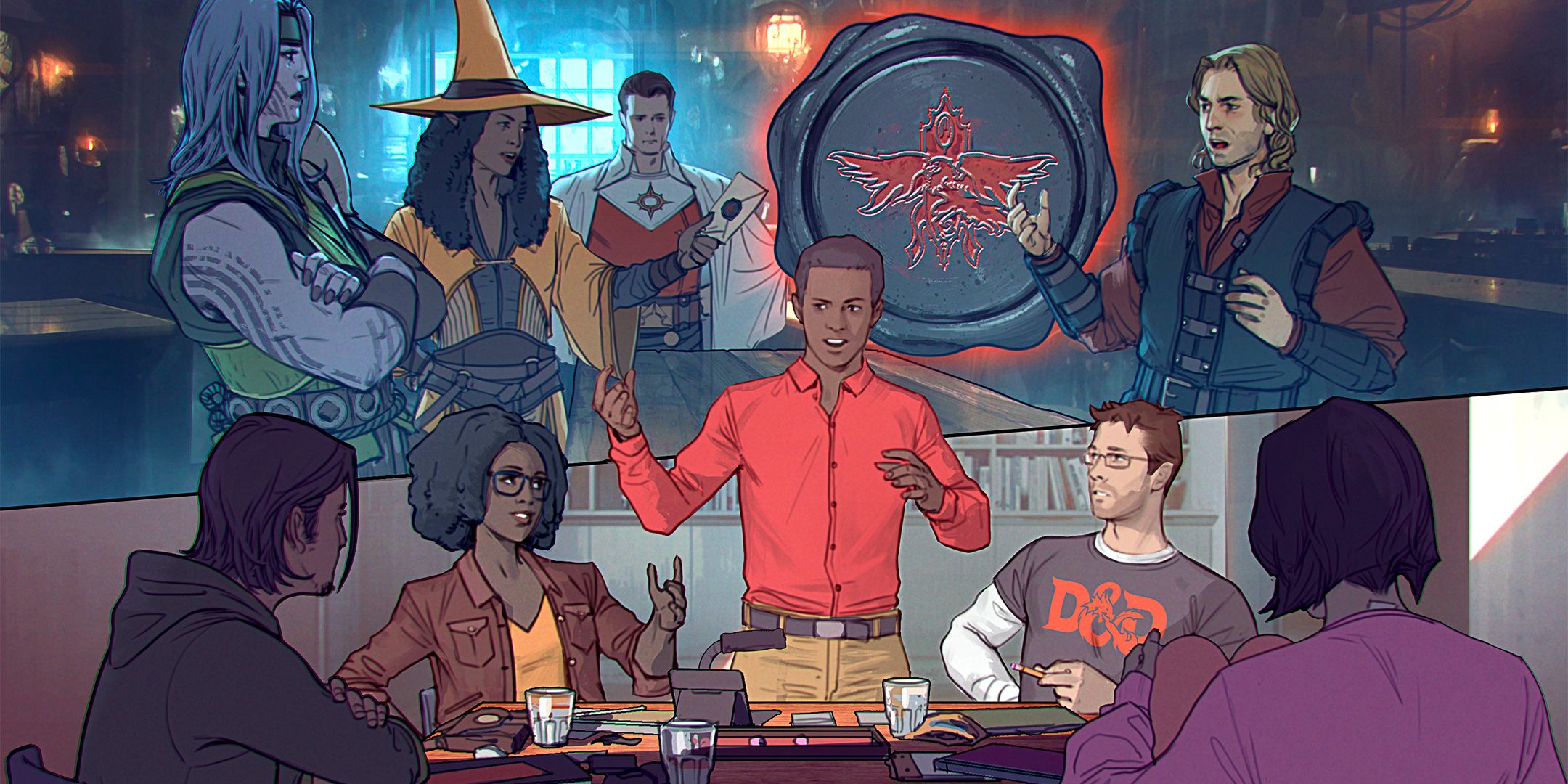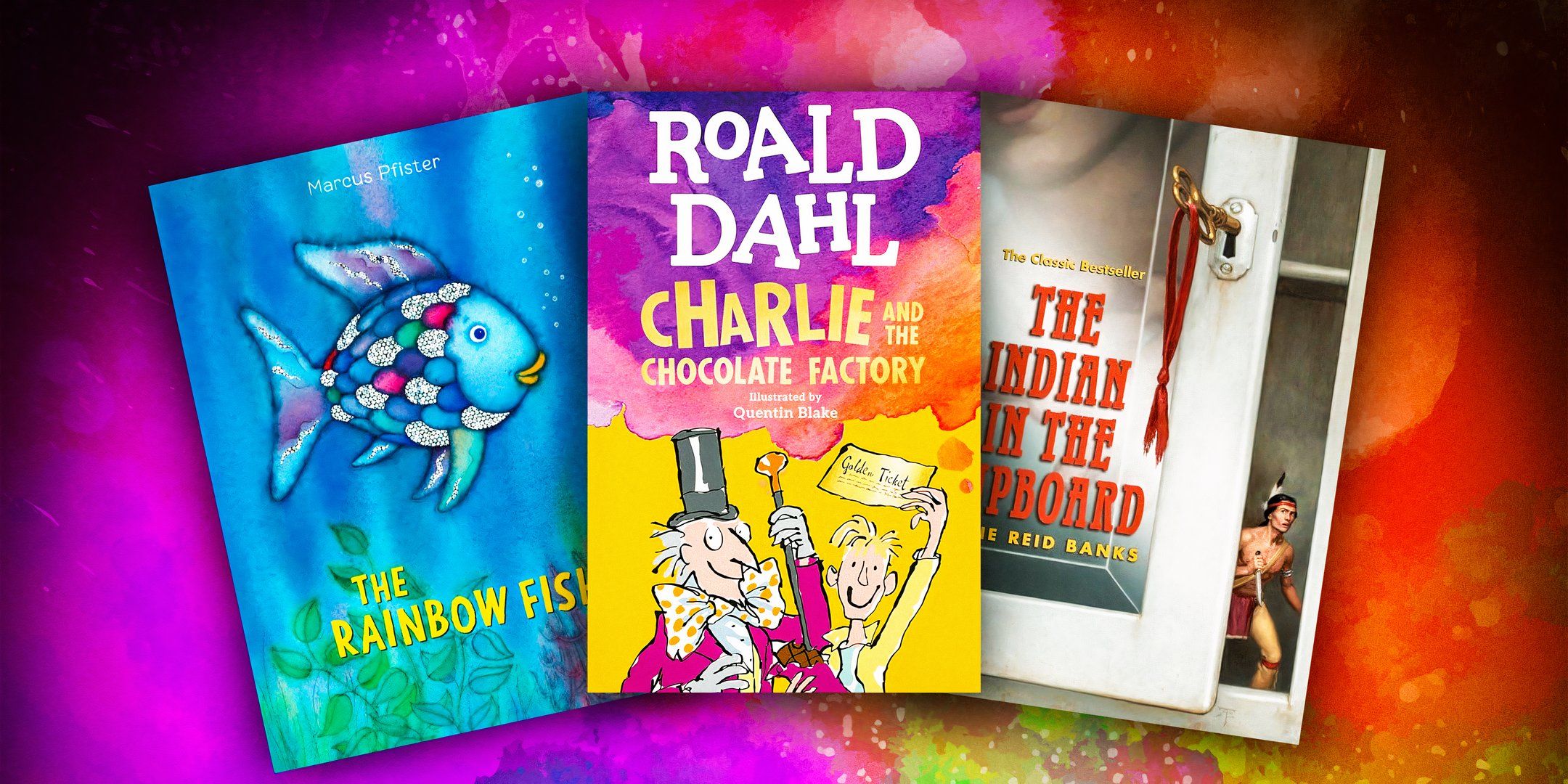Mario Party has always had some questionable dice, but new evidence has emerged that Mario Party’s dice straight up lie to you. Mario Party is a venerable series, with 11 console games and several handheld spinoffs. While different games in the series provide different mathematical solutions for calculating dice, each system fails to take into account player action, meaning that some Mario Party dice rolls don’t matter. Long-suspicious players can now claim to have been right while complaining about Mario Party’s wonky dice all those years ago.
Mario Party launched a successful series of hybrid multiplayer games which see players roll dice to walk around a map before competing against each other in mini-games. Rewards and pitfalls on the game board as well as the results of the mini-games granted players coins which they could spend on stars. Ending the game with the most stars would grant a player victory. It’s simple but one of Nintendo’s most enduring competitive series. But the method by which players maneuvered across the gameboard and participated in several on-board activities has always offered a misleading illusion of player agency.
The fact is that Mario Party’s dice, all of them, lie about their results. The original Nintendo 64 Mario Party used a different system from that of its sequels, but each fudge the numbers in their own way. This revelation has come to light from Did You Know Gaming, who released a video detailing their research and their discussions with the very best of Mario Party’s speedrunning community. The results of their research uncovered different systems of Random Number Generation (RNG) that each decide the outcome of dice regardless of player input.
Why The Timing of Mario Party’s Dice Doesn’t Matter
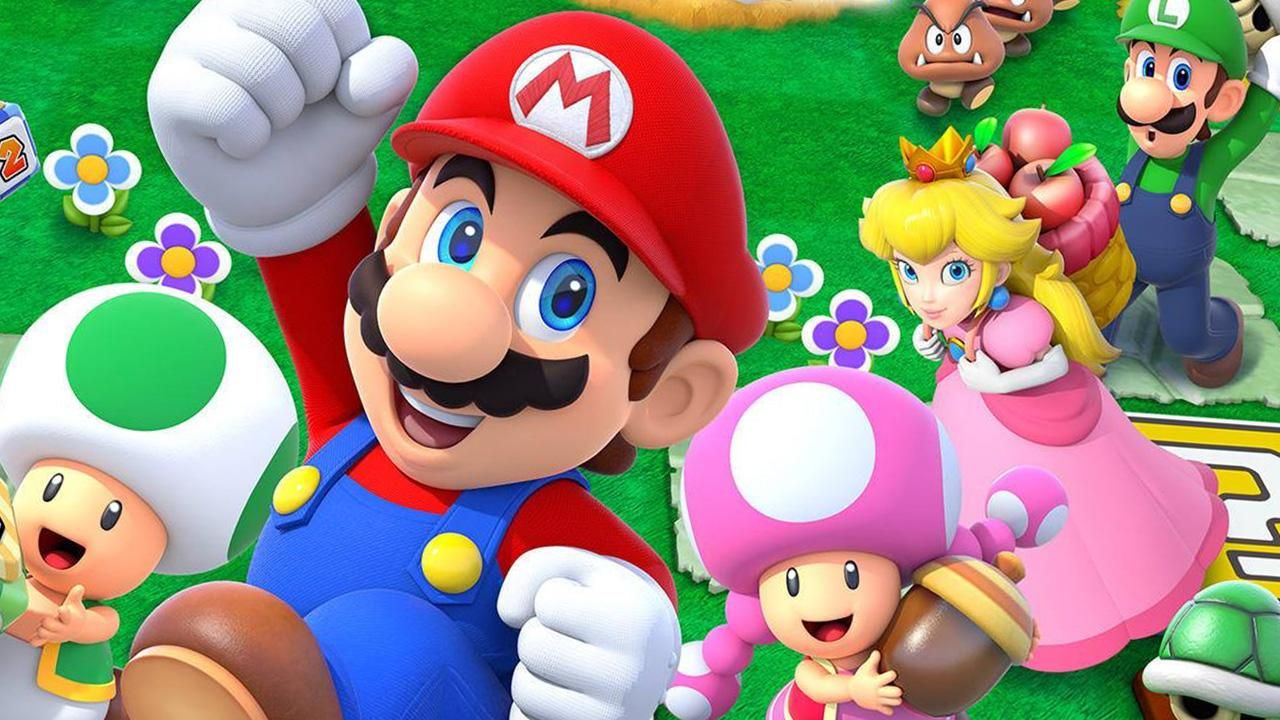
The original Mario Party uses an RNG system that actually decides the outcome of an entire game turn’s dice rolls during the beginning of the turn. Even though players see their dice spinning above their heads, it won’t matter at all when the button to hit the die is pressed. It will always turn out to be the number decided on previously. Later Mario Party games included a more sophisticated RNG system, though those games still lied and their dice rolls still didn’t matter. In Mario Party 2 through Mario Party 10 the dice RNG seeds were calculated several times over during a player’s turn. The end result is the same. Players looking to offset this RNG in future competitive outings should probably look to new Mario sports games instead of Mario Party.
Super Mario Party for the Nintendo Switch seemed to be taking the series in a different direction. Each character had their own personal die to go along with the standard 1-6 die. This, and the fact that the die physically rolled, seemed to indicate to some that there might be a pattern to work out. This was even the focus of a supposed breakthrough video by Purple Rupee Designs that claimed to figure out the timing based on sound. Through Did You Know Gaming’s research, it emerged that Super Mario Party used the a similar RNG generation to the previous entries, meaning that a random number was drawn repeatedly while the player is waiting to roll the dice. There was no way to influence the outcome. Despite this, Super Mario Party is still the best Mario Party title in years.
Mario Party has been lying to players since the beginning. Despite a clear animation showing players hit the die on a certain number, there was never any way to make a meaningful decision about how to cast the die. Super Mario Party does introduce variable dice for different characters, so an element of strategy exists in the latest entry, but since the beginning, the specifics of dice rolls haven’t mattered.
